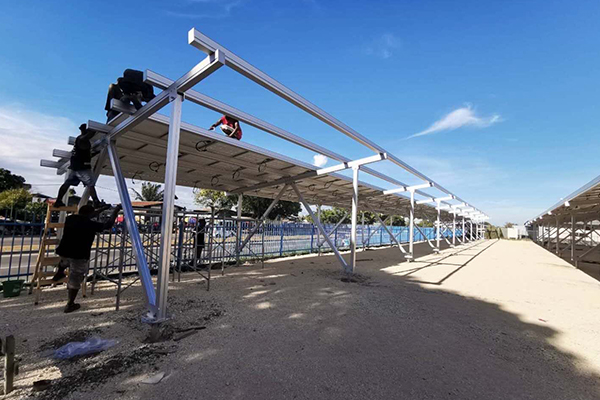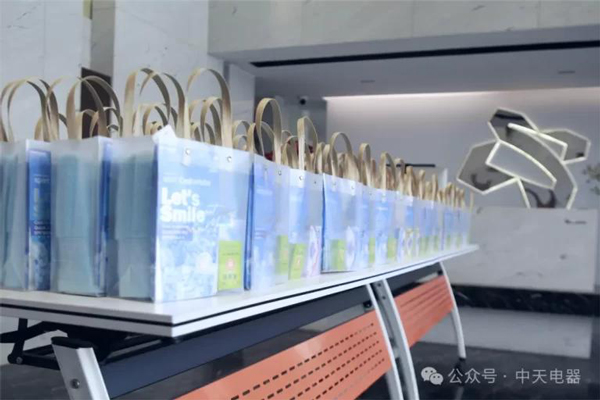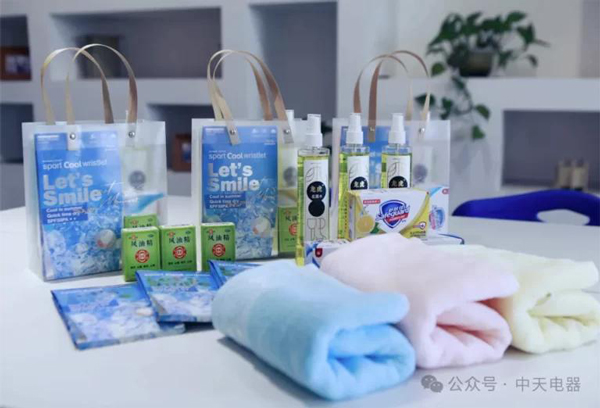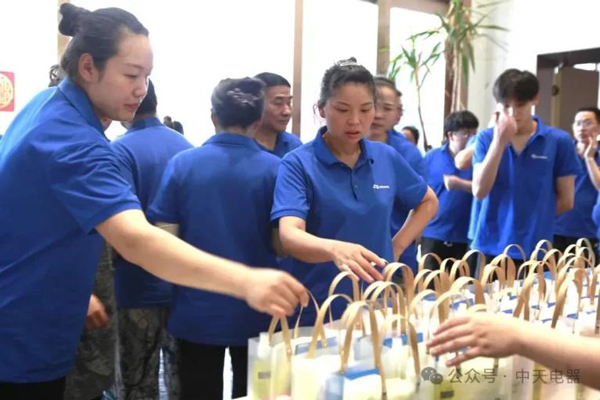Against the backdrop of global low-carbon transition and worsening urban parking pressure, Solar Carport Mounting Systems have emerged as an innovative solution that combines environmental protection and practicality. Centered on specially designed brackets, this system integrates photovoltaic (PV) modules with carport structures, enabling the dual functions of “parking + power generation” and gaining increasing popularity across various scenarios.
In terms of structural design, the system must balance load-bearing capacity and energy efficiency. Mainstream brackets are typically made of high-strength aluminum alloy or hot-dip galvanized steel. The former, being lightweight and corrosion-resistant, is suitable for rain-prone areas; the latter, with strong load-bearing capacity, can support large-area PV panels. The angle of the brackets can be adjusted according to local sunlight conditions to ensure efficient energy absorption by PV modules. Meanwhile, the height of the carport roof and the spacing between columns are optimized to accommodate the passage of different vehicle types such as sedans and SUVs.
Its core advantages lie in the efficient use of space and energy. Compared with traditional ground-mounted PV power plants, it does not require additional land and can be built on existing parking lots, making it particularly suitable for urban areas with tight land resources. In terms of power generation, the electricity produced can be directly used to power parking lot lighting, charging piles and other facilities. Surplus electricity can also be connected to the grid, creating revenue for operators. Additionally, the PV panel roof shields vehicles from sun and rain, extending their service life and enhancing the parking experience.
Currently, the system is widely used in business parks, residential communities, universities and public parking lots. For instance, a solar carport in an industrial park can accommodate 150 vehicles and generate over 250,000 kWh of electricity annually. This not only meets part of the park’s electricity needs but also reduces carbon emissions by approximately 180 tons.
With the declining cost of PV technology and the advancement of “dual carbon” goals (carbon peaking and carbon neutrality), Solar Carport Mounting Systems will undergo intelligent upgrades. In the future, they may be integrated with energy storage devices to realize off-peak power utilization, becoming a key force in the integration of infrastructure for green city development.
















